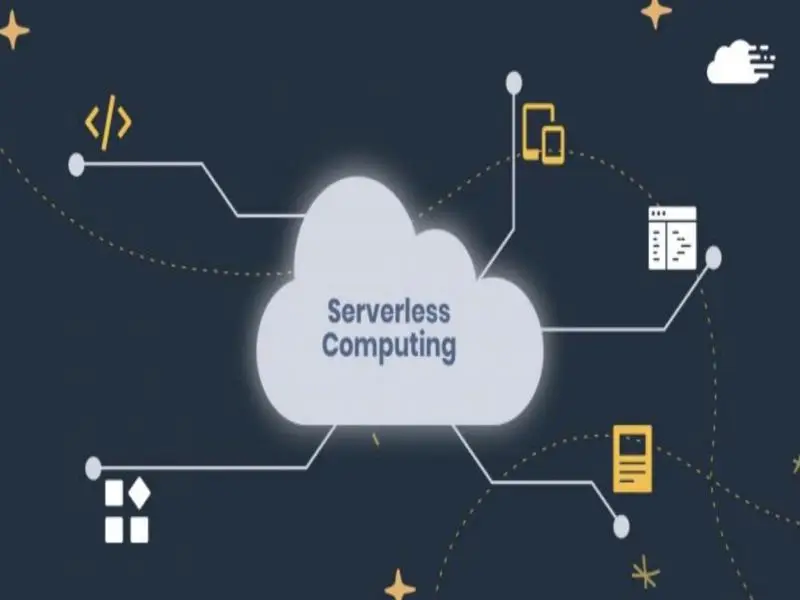- In the ever-evolving realm of cloud computing, the concept of serverless architecture has emerged as a game-changer.
- This blog aims to demystify serverless computing, exploring its definition, benefits, and potential use cases.
Serverless computing offers a highly flexible and cost-effective approach to building applications, making it an attractive option for many organisations. However, it’s essential to understand and plan for the potential challenges to fully leverage its benefits.
What is serverless computing
Serverless computing, also known as function-as-a-service (FaaS), is a cloud computing execution model where the cloud provider manages the server infrastructure and dynamically allocates machine resources as needed. It allows developers to build and run applications and services without the need to manually provision or manage servers.
While the term “serverless” may suggest the absence of servers, in serverless computing, servers are actually maintained by a cloud service provider (CSP). The concept of serverless pertains to the developer’s interaction with these servers, developers are shielded from the servers as they are not visible, managed, or directly engaged with in any manner.
With serverless computing, developers can concentrate on crafting top-notch front-end application code and business logic. They simply write their code and deploy it to containers under CSP management. The CSP takes care of provisioning necessary cloud infrastructure, dynamically scaling it as required, and managing routine tasks like updates, security, monitoring, and capacity planning.
Also read: Akamai connected cloud offers an approach to cloud computing
Benefits of serverless computing
Reduced operational overhead: The serverless model liberates developers from the burdensome tasks of server management and infrastructure provisioning. This shift allows the development team to concentrate on crafting innovative applications and enhancing user experiences, leading to faster project completion and a more streamlined workflow.
Cost-effectiveness: With a serverless architecture, the financial model is inherently efficient. Organisations pay only for the compute time consumed, eliminating the costs associated with idle server capacity. This model is particularly advantageous for applications that experience fluctuating workloads, as it helps to mitigate the expenses during off-peak periods.
Increased scalability and agility: One of the most compelling aspects of serverless computing is its elasticity. Applications can automatically scale to accommodate large spikes in traffic or processing needs without any manual scaling efforts. This agility ensures that applications remain responsive and functional under varying loads, thereby enhancing user satisfaction and system reliability.
Rapid deployment: The agility of serverless computing extends to deployment practices. Updates and new features can be rolled out rapidly, facilitating a continuous integration and continuous deployment (CI/CD) pipeline. This capability is crucial for organisations that aim to stay competitive through rapid innovation and instant iteration of their digital offerings.
Therefore, serverless computing, represents a paradigm shift in cloud architecture, offering a myriad of benefits that can propel organisations towards greater operational efficiency, cost savings, and market responsiveness.
Also read: Who invented cloud computing?
Potential use cases for serverless computing
Serverless computing shines across a spectrum of applications, from lightweight web apps and APIs needing auto-scaling to complex scenarios like stream processing and real-time analytics. Its prowess extends to IoT solutions, adeptly managing the influx from myriad connected devices, and to microservices architectures, enabling the agile construction and deployment of modular application components. This versatility positions serverless as a powerhouse for modern, scalable digital solutions.

